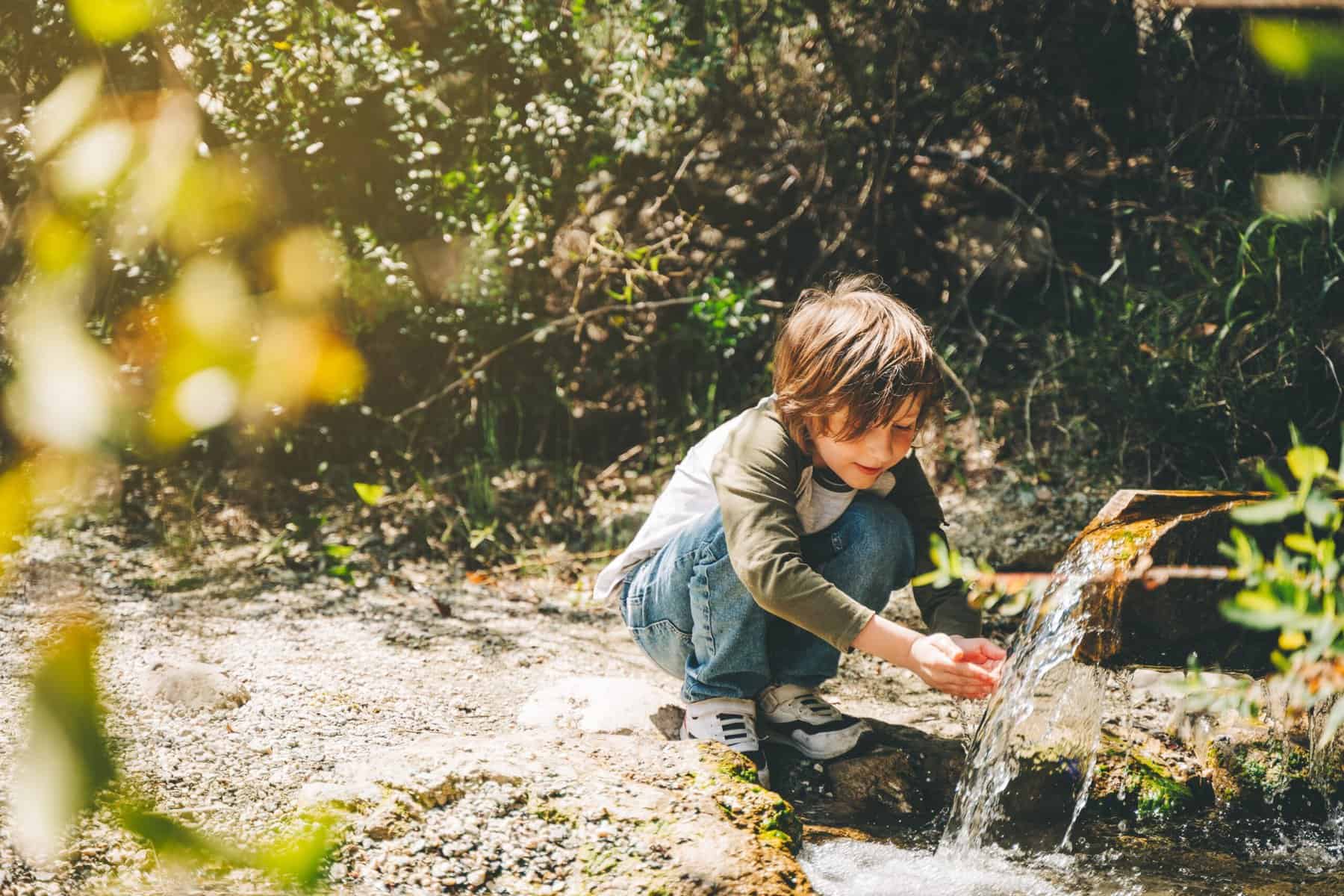Deschooling: A Guide for New Homeschooling Parents
When you make the switch to homeschooling, removing your student from the public school system is no small task. From a written withdrawal, to a Notice of Intent, homeschool registration, and possibly a tutor, it can be a long process, depending on the homeschool laws in your state.
Now that you’ve completed those steps, what next? Some parents may feel a little lost in the period after formal schooling and before settling into the homeschool routine, especially if they’ve been attending public school for a while. Your whole family schedule has revolved around drop-off and pick-up lines, parent-teacher meetings, and summer break for years! You can take your child out of public school, but how do you take public school out of your child?
This transitional period is where deschooling comes to the rescue! It’s the perfect time to decompress, reconnect, and unlearn the strict rules of public school. In this article, we’ll cover everything you need to know about deschooling and how it can help you start homeschooling today.
What is deschooling?
Deschooling is the transitional period between traditional school and homeschool. It gives students the opportunity to take a break and slow down from the way that public schools operate, and it gives them a chance to reform their opinions and feelings about learning. During deschooling, your child unlearns the strict rules and rigid structures of public school and instead begins to see that learning happens all around them.
Why is it important?
For your child to fully embrace the freedoms that come with homeschooling, they need to first unlearn what public schools have taught them— that learning only happens in a classroom, sitting still, between the hours of 8 and 3.
It’s common for students who have had a poor public school experience to detest anything that has to do with school, which is why deschooling is a key step in the homeschool transition. Deschooling gives your student a break and allows them to form a new understanding of learning. It also provides an opportunity for you and your child to reconnect and for them to rediscover their innate desire to learn.
In addition, deschooling can help your child build or regain their self-efficacy. In traditional schools, children often need to ask before doing anything — getting a drink of water, using the restroom, raising their hand to sharpen a pencil, asking or answering a question. Having to ask permission to do everything keeps a traditional schoolroom orderly, but it can instill “learned helplessness.” In other words, it can make students feel like they can’t solve problems, make decisions for themselves, or decide what is right for them. Letting your child take charge in their day-to-day activities and learning can help them build responsibility for themselves and their actions.
How to Deschool Your Child
Deschooling isn’t a vacation— it’s more like slowing your pace to a walk after a long, hard sprint! Deschooling is meant to inspire your student to want to learn and help them understand that learning happens everywhere, every day. So, how do you get started?
1. Let them follow their interests.
One reason why students struggle in public school is boredom! Whether it’s what they’re learning about or how they’re being taught, if they don’t find the material interesting, it makes sense that they don’t want to engage with it.
Letting your student follow their interests can help guide their learning by keeping things interesting and relevant to them. It can also spark their natural curiosity to learn. For example, if your student loves sharks, a trip to the aquarium is a great way to learn more about sea life and underwater ecosystems. If your student loves Minecraft, reading books about Minecraft or even playing the Education Edition together can help your child get out of their public school mindset.

2. Make learning fun.
If your student is hesitant about learning and would rather do anything else than read, try making learning fun! Games can help your child learn that education doesn’t have to be a chore. Some examples are playing Monopoly to practice counting money or playing Apples to Apples to learn language arts. You can watch educational documentaries, check out STEM learning kits from your local library, and do crafts or science experiments from home.
3. Take some field trips!
One of the most exciting things about traditional schools is the field trips! A huge benefit of homeschooling is that it can happen anywhere, and you’re never confined to a classroom. Taking your student to the museum, state park, zoo, or planetarium are all great ways to incorporate educational opportunities into your everyday life. This can also be valuable for regular homeschooling too, not just the deschooling period! Sometimes all you need is something to shake up your routine.
4. Take your time choosing a curriculum.
Another large benefit of homeschooling is the flexibility and freedom of not only when and where you teach but what you teach and how you do it! There are many different homeschool styles to choose from. You know your child better than anyone else on the planet, so when you’re choosing a curriculum, try to take into account their needs and interests.
The good news is that there are plenty of curricula to choose from and many resources available if you’d like to build your own! An increasingly popular option among parents is an online homeschool curriculum, such as Miacademy or MiaPrep! Our high-quality curriculum is designed to meet the needs of students ages K-12 and is fully customizable to meet your student’s unique needs. With Miacademy, you can enjoy the full flexibility and freedom that an online homeschool curriculum has to offer for a stress-free homeschooling experience.
5. Deschool yourself— remove public school standards from your thinking.
If you yourself went to public school, or your student has been in public school for a while, you may also find it difficult to adjust to homeschooling. Many homeschooling families try to create a “school at home” environment, which can work for some children but may not be ideal for others. It helps to identify exactly why public school wasn’t working and build your homeschool around fixing that problem.
How long does deschooling take?
A general rule of thumb is one month of deschooling for every year your child has been in school. However, it’s not an exact science — some children may feel ready in a few weeks, while others may take longer.
The goal of deschooling is for you and your child to connect and recognize that there are learning experiences all around and for you to practice using your child’s natural curiosity to create learning opportunities. Learning doesn’t have to be all about sitting still and doing worksheets or only reading from a textbook. When you feel that you and your child are comfortable without the confines of a classroom, it’s a good indicator that you’re both homeschool-ready!
Homeschooling with Miacademy
With an online homeschool curriculum, all your learning is managed in one place, with little need for supplemental supplies or materials. With Miacademy, students have access to fun learning videos, activity-filled PDFs, practice games, and more! Our high-quality curriculum is designed to be engaging and accessible for all learners, regardless of skill or ability.
Try us out for 30 days risk-free to see how Miacademy can make a difference in your child’s education! If you have any questions about how Miacademy can be a good fit for your family, please feel free to contact our friendly customer service agents! They’ll be happy to help you with any questions you may have.
FAQ
Is deschooling the same as unschooling?
Deschooling and unschooling are similar but not quite the same. Deschooling is the adjustment period between public school and homeschool, while unschooling is a type of homeschooling. Unschooling is similar to deschooling in the way that learning is led by the child’s own interests and curiosities, rather than just the curriculum or lesson plan.
How does deschooling work?
Deschooling works by refraining from overly structured learning to allow your child to learn through their natural curiosity. Deschooling is a more relaxed period where students are able to decompress from public school and learn that educational opportunities can happen anywhere.
